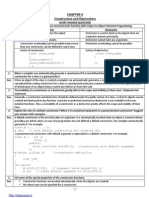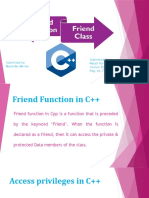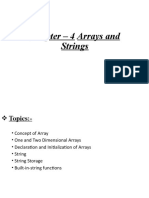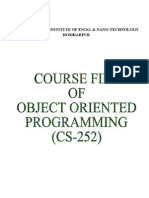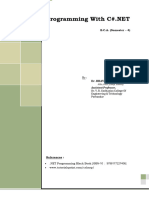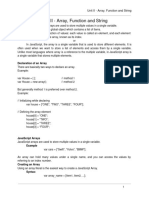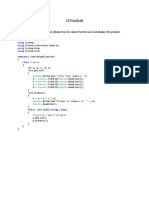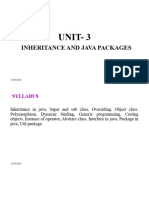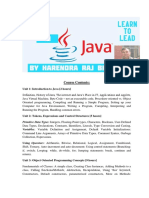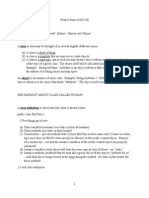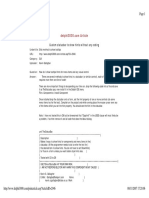0% found this document useful (0 votes)
13K views7 pagesConstructors in C++: What Is Constructor?
Constructors and destructors are special member functions in C++. Constructors initialize objects and are called automatically when an object is created. Destructors destroy objects and are called when an object goes out of scope. There are different types of constructors like default, parameterized, and copy constructors. Destructors do not have parameters and are used to release resources like dynamically allocated memory. It is good practice to make base class destructors virtual when deriving classes.
Uploaded by
libranhitesh7889Copyright
© © All Rights Reserved
We take content rights seriously. If you suspect this is your content, claim it here.
Available Formats
Download as PDF, TXT or read online on Scribd
0% found this document useful (0 votes)
13K views7 pagesConstructors in C++: What Is Constructor?
Constructors and destructors are special member functions in C++. Constructors initialize objects and are called automatically when an object is created. Destructors destroy objects and are called when an object goes out of scope. There are different types of constructors like default, parameterized, and copy constructors. Destructors do not have parameters and are used to release resources like dynamically allocated memory. It is good practice to make base class destructors virtual when deriving classes.
Uploaded by
libranhitesh7889Copyright
© © All Rights Reserved
We take content rights seriously. If you suspect this is your content, claim it here.
Available Formats
Download as PDF, TXT or read online on Scribd
/ 7

